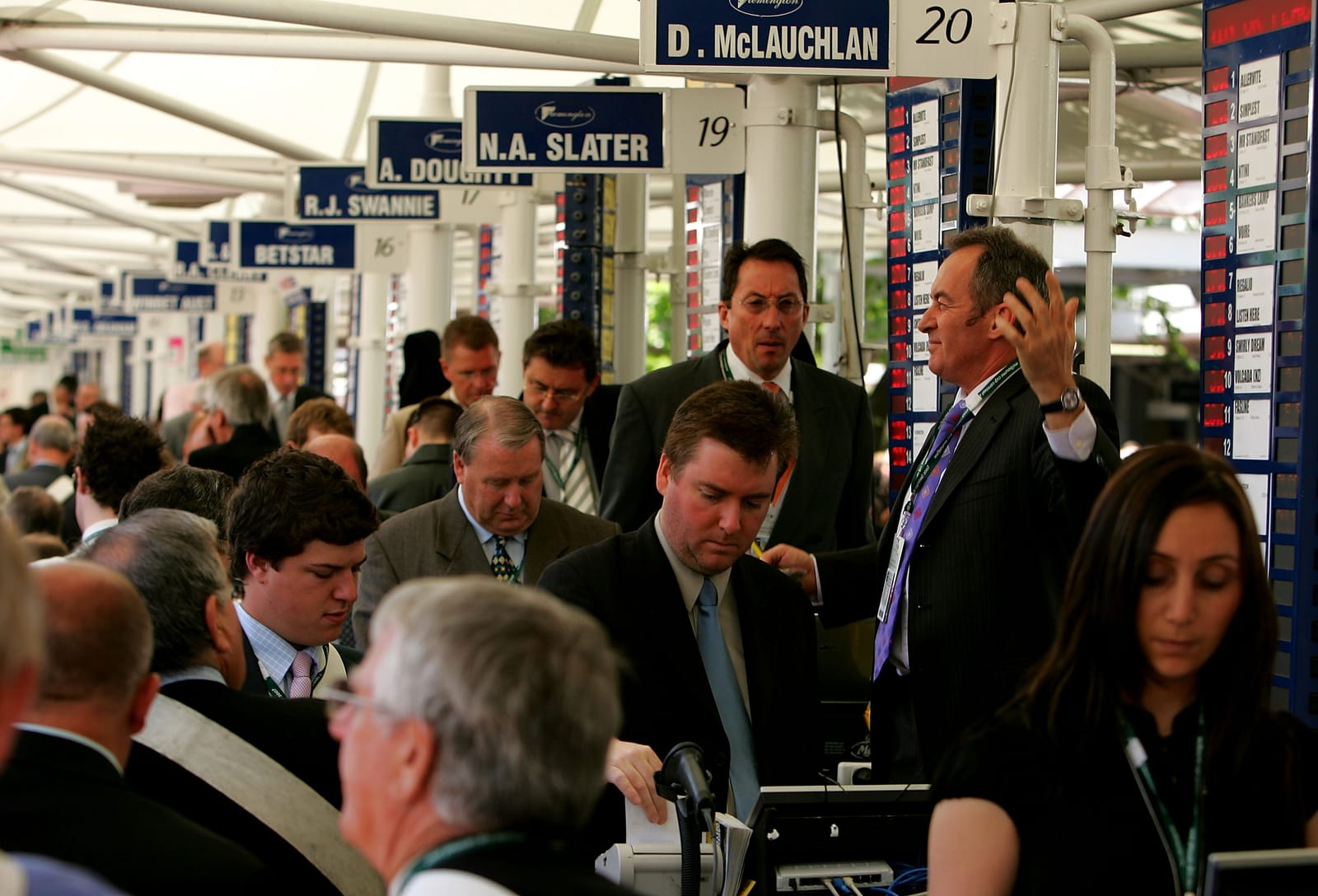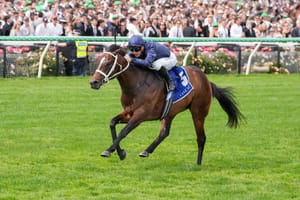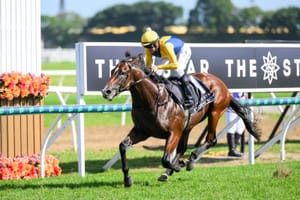There was never a more-anticipated time for Mark Read - on both sides of the betting ledger - than Melbourne Cup eve.
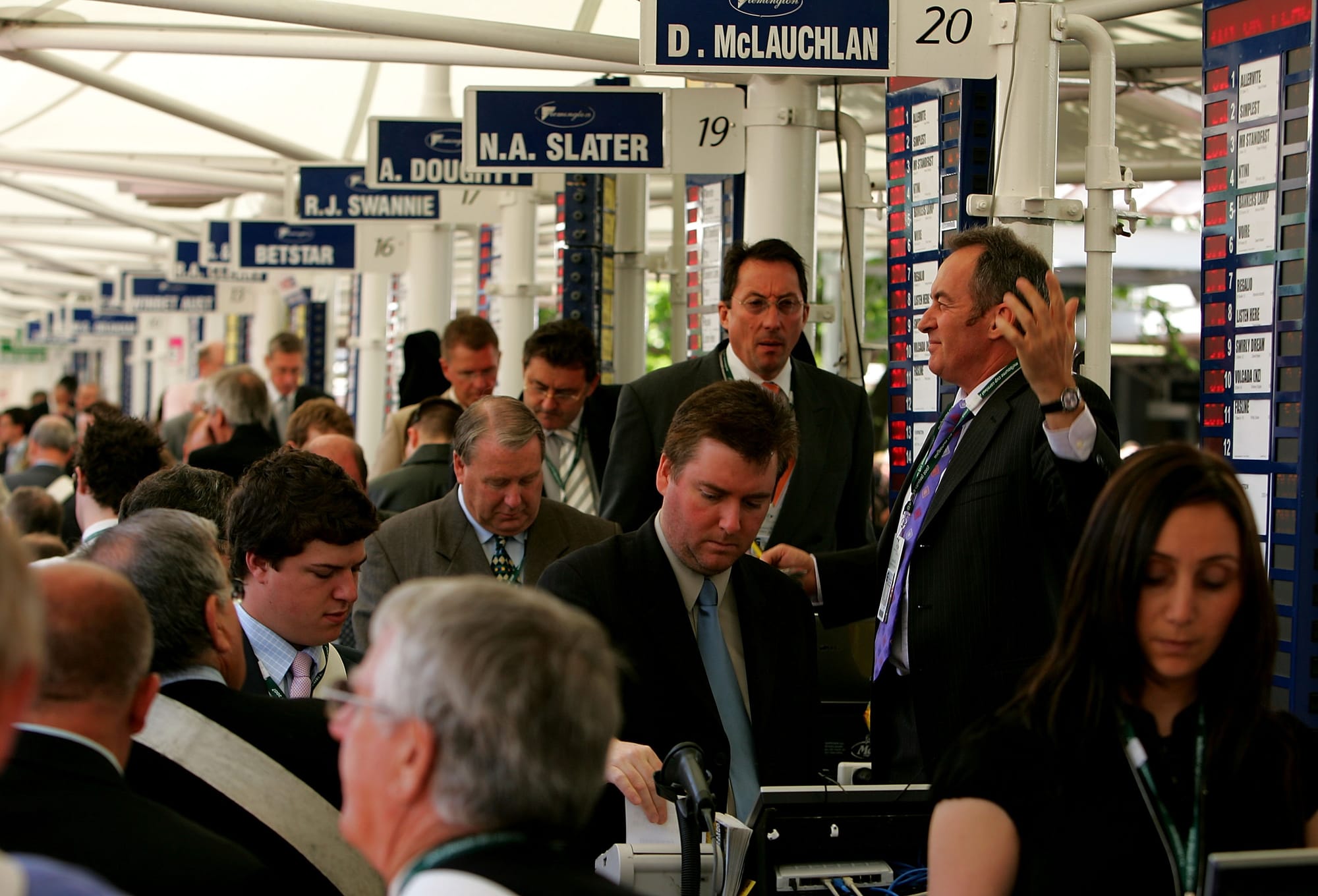
In the words of Read, who applied the laws of physics he studied at university to major in form analysis, bookmaking and punting as one of Australia’s most learned and well-connected students of the turf, the Melbourne Cup was his kingdom.
And unashamedly, for many years, the self-proclaimed master of that realm used the traditional Melbourne Cup call of the card as his stage.
Trading will be brisk at the call of the card on Monday but it will be nothing like the day Read orchestrated one of the most successful plunges on what he says will always be Australia’s greatest betting race, even though he lets it slide these days.
The call of the card involves large sums of money changing hands between punters and bookmakers and it sets the tone for a day of wagering that is unrivalled on the Australian racing calendar.
Forty years ago, and well on his way to becoming the biggest name in bookmaking if he wasn’t already, Read turned punter at the call of the card and backed Black Knight to win almost $1 million in a flurry of bets.
In 1984 when the average weekly Australian wage was $334 and the median price of a house in Melbourne was $60,000 - and long before social media “likes” and emojis became symbols of peer acceptance - Read had a genuine following as one of racing’s most astute judges.
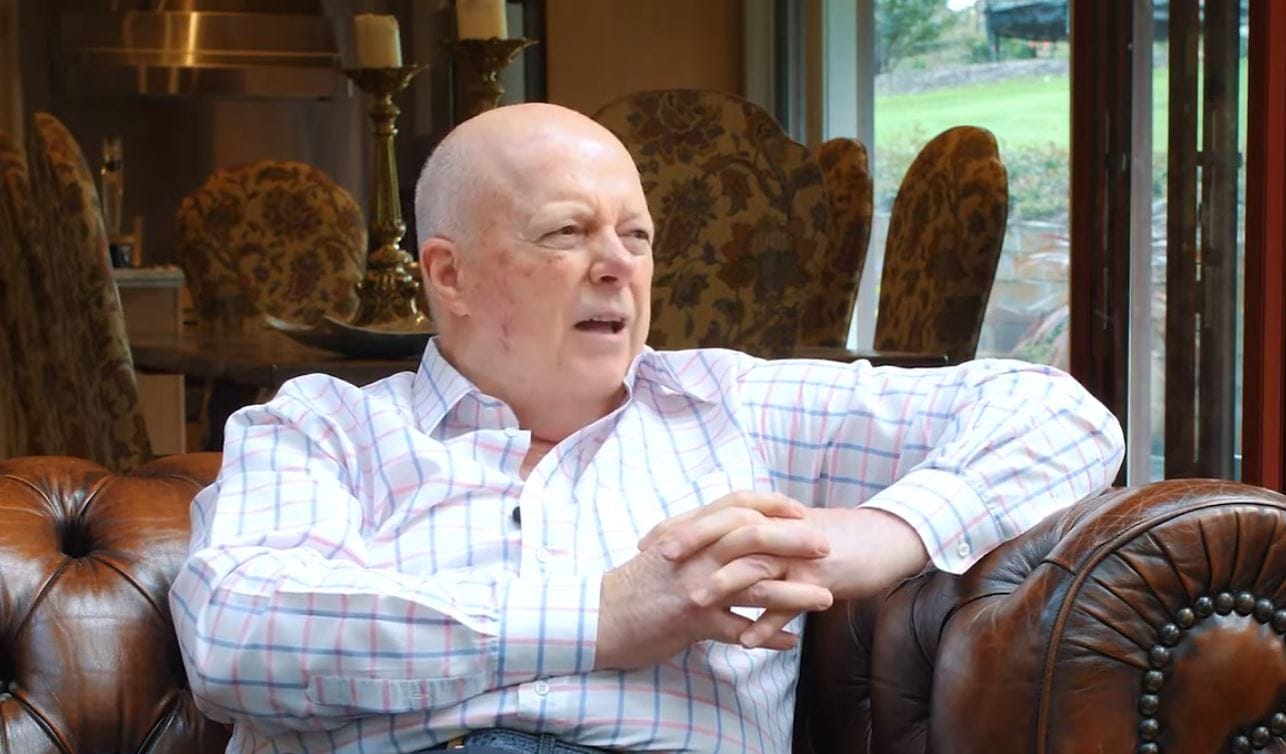
And follow him they did. The rank-and-file and the once-a-year punters latched on to the Read-inspired plunge and the result was never in doubt as jockey Peter Cook nursed the lightweight Black Knight to victory as a 10/1 chance.
“The Melbourne Cup was my domain and in the halcyon days of the call of the card I used it as a massive public relations opportunity because it got massive coverage in the press,” Read told The Straight.
“I backed Black Knight because he was trained by George Hanlon.
“There were certain trainers you had to know. In those days the race was a real handicap and you didn’t have to be a champion horse.
“You just had to be a well-handicapped horse trained by a genius like George Hanlon. A very eccentric trainer, but he would keep a horse in cotton wool for two years for one race. It was a different era.
“I have studied the Melbourne Cup inside out and the great trainers who have been successful have never let their horses go to a peak in the year before the Cup.
“What I’m saying is, in the year the Cup is run, they never let their horses peak at all.
“That’s been the secret to Bart Cummings, the secret to George Hanlon, the secret to Lloyd Williams’s success. They have a common secret and I don’t think the rest of the world has woken up to it yet.”
Black Knight was a huge result for Mark Read
For context, Read says collecting $960,000 in 1984 “is about 1o times that in today’s money”.
“I would always go to the call of the card and I would make a book. I would back horses, lay horses,” he said.
“I would make a book as big as my book at the races the next day and the figures weren’t against me.”
When his mother Mabel backed Galilee to land the 1966 Caulfield Cup-Melbourne Cup double for a $370,000 collect that included a $20,000 single wager on the day of the race, it created a watershed moment in Read’s life. It ignited a preoccupation with the race.
“Galilee was a very famous horse in our family. The total prize money for the Melbourne Cup in 1966 was $60,000 so that just shows you how big the betting was back in the 60s and 70s in a relative sense,” Read said.
Williams’s 2007 winner Efficient gave Read an even better Melbourne Cup result. But he won’t be involved this year.
For the past 12 years, Read has pivoted to the Hong Kong scene but he is adamant that the Melbourne Cup will survive as Australia’s most popular betting race - as long as it remains a true handicap.
“The biggest wagering around the world is on the big handicaps,” he said. “In England the biggest betting races for bookmakers are the handicaps.
“In a lot of races these days, the order of winning is pretty predictable but the handicap is what makes the racing.
“Hong Kong is all about a very sophisticated handicapping agenda … and all the big gamblers in the world are playing Hong Kong.
“The Melbourne Cup has got scale and the handicap is what makes it and it should be put on a pedestal as a betting event. The history of the race is all about the betting,” he said.
The 2007 Melbourne Cup was another successful one for Read
According to Racing Victoria figures, domestic wagering on the Melbourne Cup continues to significantly outstrip any other race.
Over the past five years, Australian operators have generated more than $1 billion in turnover on the Melbourne Cup, increasing from $188.9 million in 2019 to $226 million in 2022.
In 2023, turnover dropped 4.4 per cent on the previous year to $215.7 million.
International wagering behemoth Entain held almost $19 million as Without A Fight completed the famed spring double with his Melbourne Cup win last year.
That is about four times more than any other race, including the Cox Plate and the Caulfield Cup.
“The Melbourne Cup has maintained its dominant position over the past five years,” an Entain spokesman said.
“It continues to outpace other major races by a significant margin and its turnover consistently places it as the most significant racing event on the calendar.”
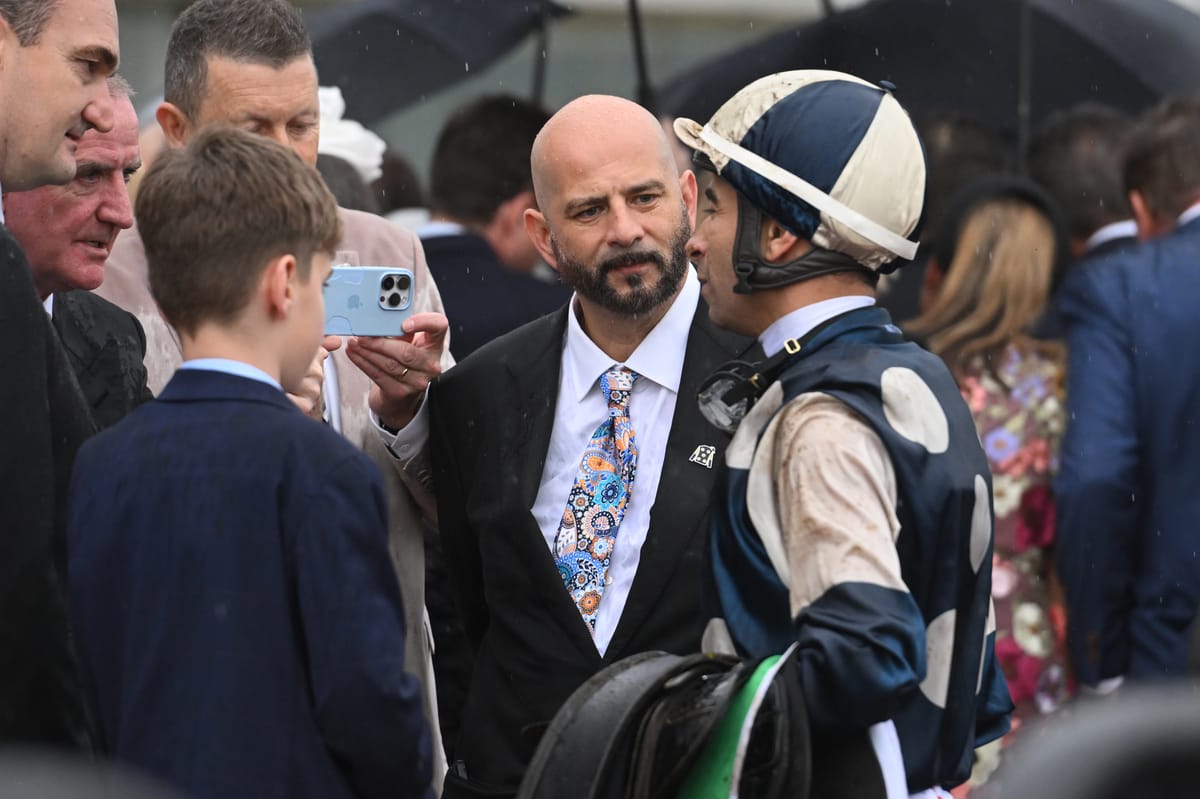
For Sportsbet, no betting day can compare to the Melbourne Cup meeting with five times the turnover of other marquee feature events such as The Everest, Caulfield Cup and Cox Plate.
At the height of customer traffic in the countdown to the race, Sportsbet has been known to process 66,000 bets each minute.
It’s a transactional frenzy that Sportsbet says is faster than global online retailer Amazon accepts during its annual Black Friday sale.
“For all the big Australian race meets in spring, the Melbourne Cup is still the race that stops the nation,” Sportsbet’s Jay Sellick said.
“And that is very reflected in the turnover we have seen. It’s our biggest day as a business.”
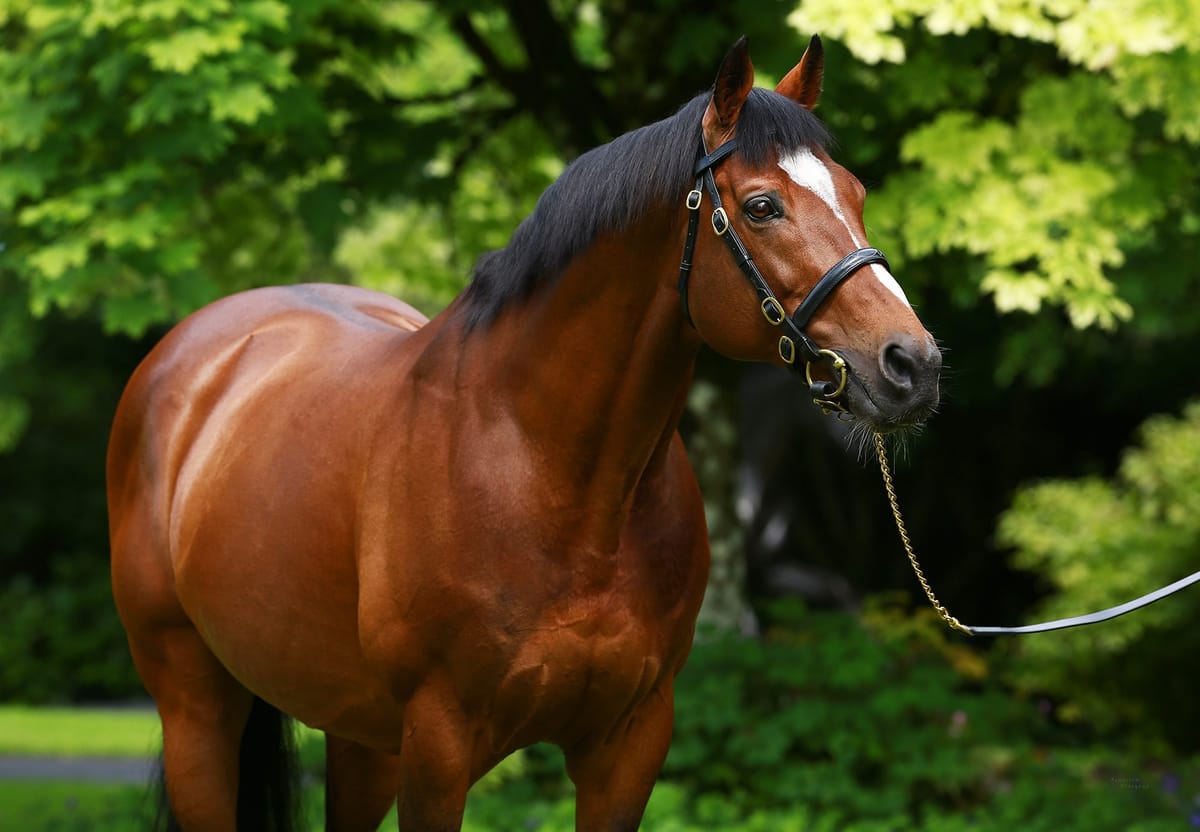
Gerard Daffy has more experience than almost anyone else in the corporate wagering era. He believes the Melbourne Cup continues to stand the test of time.
Unlike some high-profile racing figures who have criticised an overseas element to the race, Daffy would like to think the presence of northern hemisphere horses still works.
“There’s more intrigue added to the race now with these internationals and they’ve had their fair share of success,” Daffy, a TAB senior communications advisor, said.
“The Melbourne Cup’s an event, not just a horse race.”
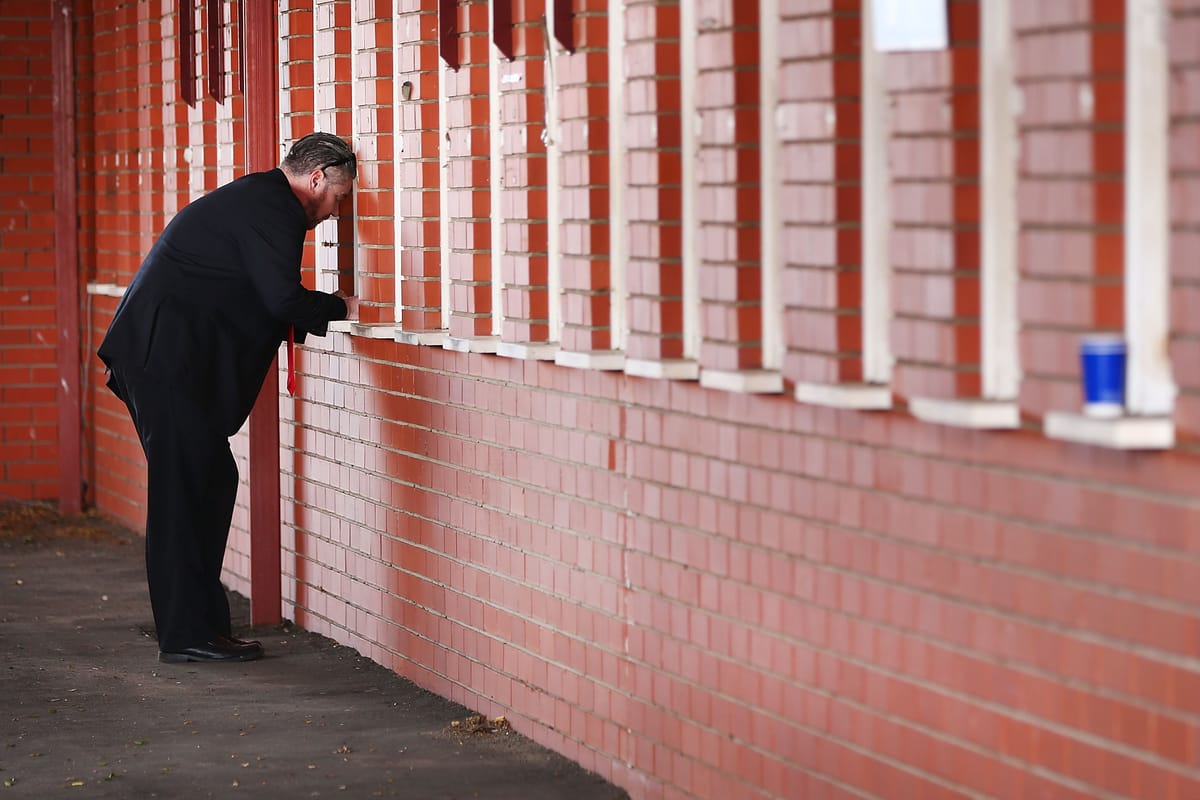
An industry veteran, Daffy insists modern technology has allowed racing and signature events such as the Melbourne Cup, to stay relevant in a crowded wagering landscape.
“The new generation of punters’ interest has actually been enhanced by the likes of the Melbourne Cup and The Everest because they've been made more aware of it,” he said.
“They now know how to have a bet with sports betting playing a part in that.
“Thirty years ago, if you asked a 20-year-old what price an NRL match or the price of the Melbourne Cup favourite, they wouldn’t know.
“But information like that is everywhere now. It’s in your hand on an app or in the media so people follow it.”
As TAB’s fixed-odds business has boomed over the past decade, pari-mutuel wagering has been in a steep decline.
But tote betting springs to life on Melbourne Cup day, with Tabcorp’s near national exclusive off-course licence to operate in pubs and clubs creating a healthy bottom line for the ASX-listed company.
|
Domestic Race Turnover |
2019 |
2020 |
2021 |
2022 |
2023 |
|
Melbourne Cup |
$188.9m |
$221.6m |
$225.8m |
$226m |
$215.7m |
In 2023, national tote betting on the Melbourne Cup exceeded $80 million.
TAB website figures show that the win pool across the states reached $23.5 million while $13.7 million was held on place betting.
For comparison, this year's Everest win pool held $2.2 million.
Trifecta betting was the most popular form of tote wagering for Melbourne Cup punters last year, accounting for a combined $27.6 million pool with First Four punters investing almost $17 million.
Between states, Victorians contributed $10 million to the win pool, compared to $7.9 million from NSW TAB customers.
The NSW trifecta pool was $10.5 million compared to Victoria's $10.2 million.
But Victorians invested $8.2 million trying to select the First Four, compared to $4.7 million in NSW.
“Melbourne Cup day is probably a different day than most other days because it attracts the recreational or the once-a-year punters,” Daffy said.
“It’s just part of folklore that you have a bet in the Cup.
“And somebody will always win something fairly significant and there is no hard-and-fast rule about how you find the winner.
“There will be a storyline somewhere.”
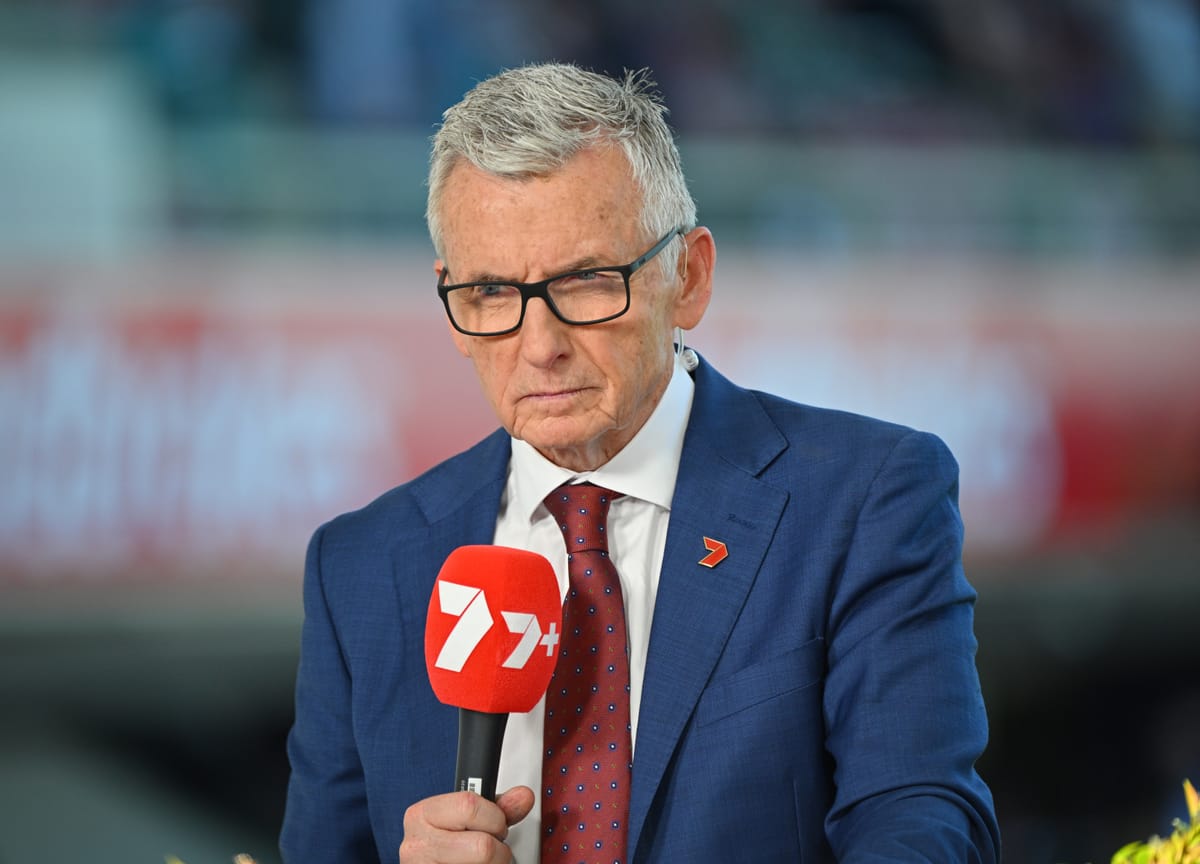
Underlining the race’s stature is the availability of fixed-odds betting almost from the moment one Melbourne Cup is decided until the next one is run.
“On Tuesday night, we will open a market on next year’s race,” Daffy said.
“Really, you wouldn’t expect any business but the market is more a talking point.”
Read is still working on wagering ideas, maintaining an international database and “doing the same sort of projects I was doing when I was 28” without the constraints of a directorship that was attached to his International All Sports company.
“I had become a corporate citizen and lost the art of the sport,” he said.
“It drove me crazy. That’s not the name of the game.
“I understood completely the (wagering) model Australia needed because I studied extensively the UK, French and also the American systems.
“And Australia was the best by far because there was an Australian way of doing things whereby (racing) was a sport, not run by the business.
“But now the business runs the sport.”
“I had become a corporate citizen and lost the art of the sport" - Mark Read
At 74, Read is still winning through a wagering investment fund management offering to a small group of clients. Any thought of a Melbourne Cup comeback plunge will have to wait.
“I’ll pass on the Melbourne Cup this year but in the future I might get time to get involved again,” he said.

